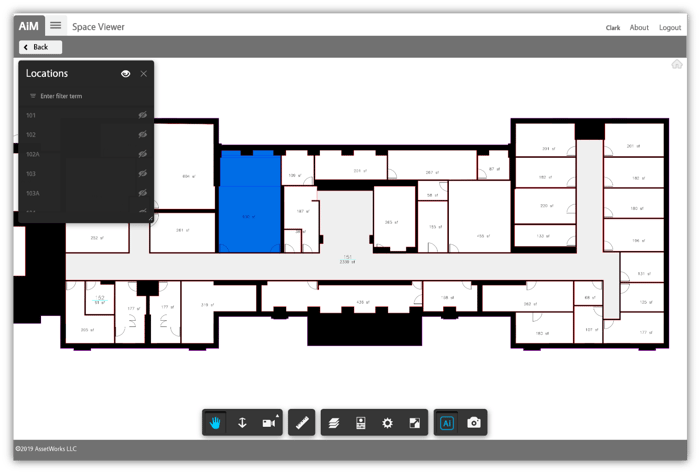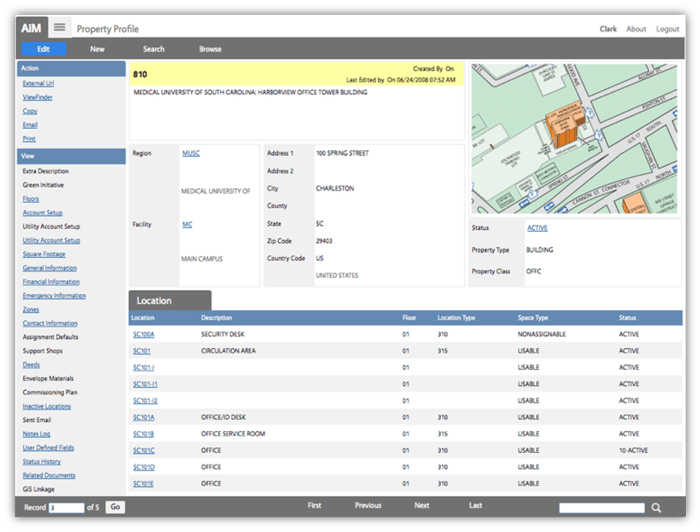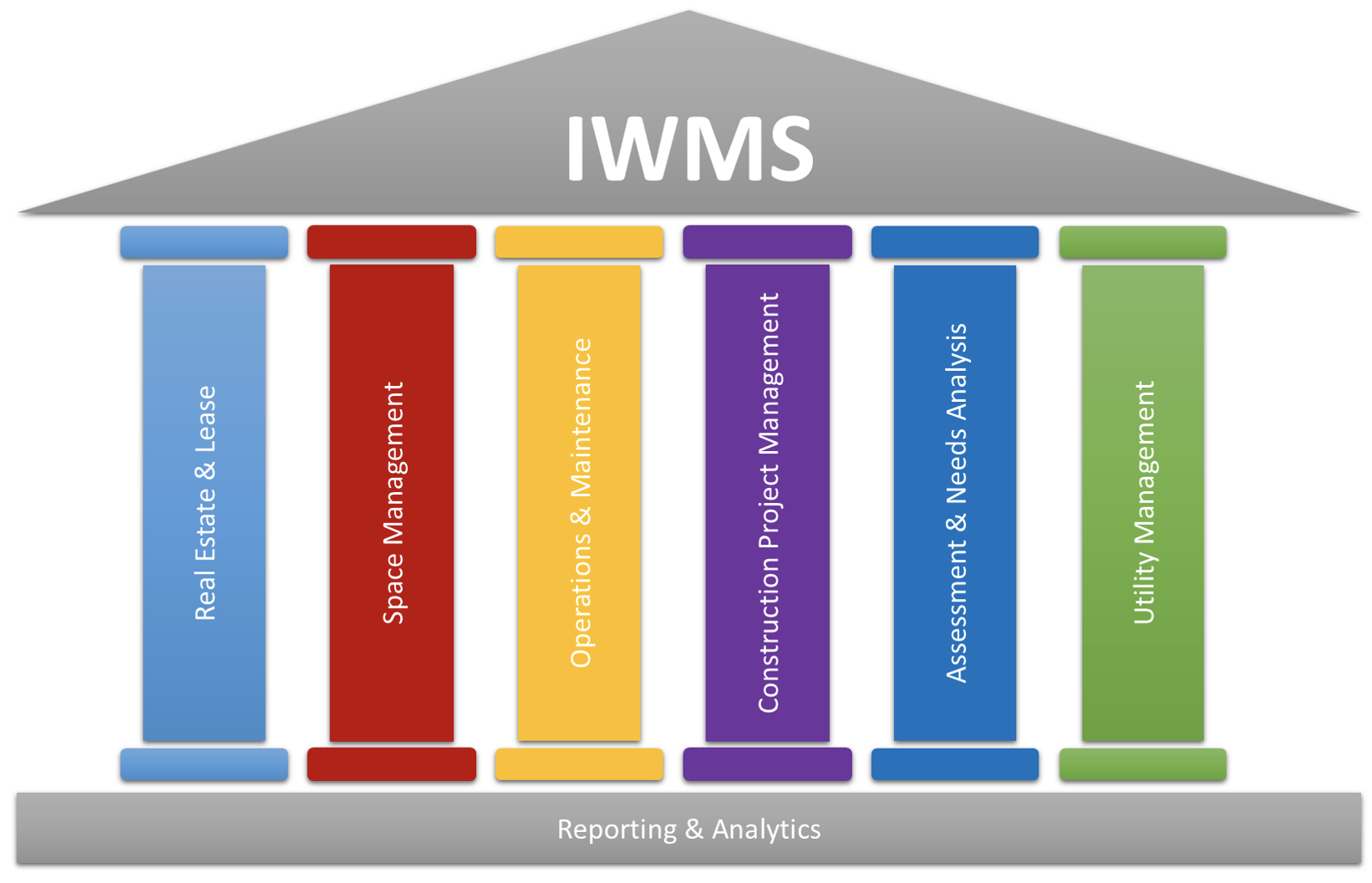For the most part, Higher Education still takes place in physical classrooms and laboratories in buildings on actual campuses. Even with the sudden increase in prevalence of online learning at traditional brick-and-mortar schools during the COVID-19 pandemic, these last few academic years have showed us that the traditional residential model at most 4-year institutions is alive and well.
In a previous post, I discussed the importance of having a robust Capital Budgeting Software. If you don’t know where the projects are taking place, how are you going to organize those projects in a logical manner? It’s common sense but having a good database of your physical campus is foundational to a properly functioning facilities organization.
Every software does this a bit differently. AiM supports a four-level hierarchy with flexible options:
- Region
- Facility
- Property
- Location
This naming ambiguity is purposeful as institutions are configured and organized differently. Some have Zones (groupings of buildings), geographically separated campuses, or various on and off campus housing arrangements. Plus, not all physical locations on a campus that need to be inventoried, or your team needs to perform work at, are necessarily buildings. You might have athletic fields, a steam tunnel, or an outdoor common area that don’t fit into a traditional “building” hierarchy you may have seen elsewhere.
A good property management software will give you the ability to view drawings, floorplans, and other information that has traditionally either been confined to a plan room or only a select few have access to. Solutions like ReADY Space democratize data that has traditionally been siloed. This opening of the data also applies to processes such as Space Survey to capture details around occupancy and usage. Especially if you are part of a large research institution, knowing the activities that are taking place in which spaces equals more recaptured costs for the use of your university’s spaces.

If you have worked in corporate real estate or managed other types of facilities, Property Management Software might take on another context. While many Higher Educations institutions might have small portfolios of leasable spaces, this is not the primary business function and most likely isn’t the focus of the software you would purchase. However, AssetWorks and other providers who specialize in Higher Education often will offer an add-on Lease Management module. This allows the tracking of both receivable and payable leases, as well as other data points such as renewal dates, while not having to purchase and administer a standalone system for this purpose.
Ultimately, we want to establish a baseline of the physical makeup of your campus so you and your team can focus on the most efficient way to maintain the physical assets of your institution. Having the right software gives your organization a unified view of your entire campus, enabling you to track and manage your portfolio of people (your team), places (properties and spaces), and things (equipment and assets) all in one platform.




/Adobe%20Stock%20Images/AdobeStock_94067857.jpg)




